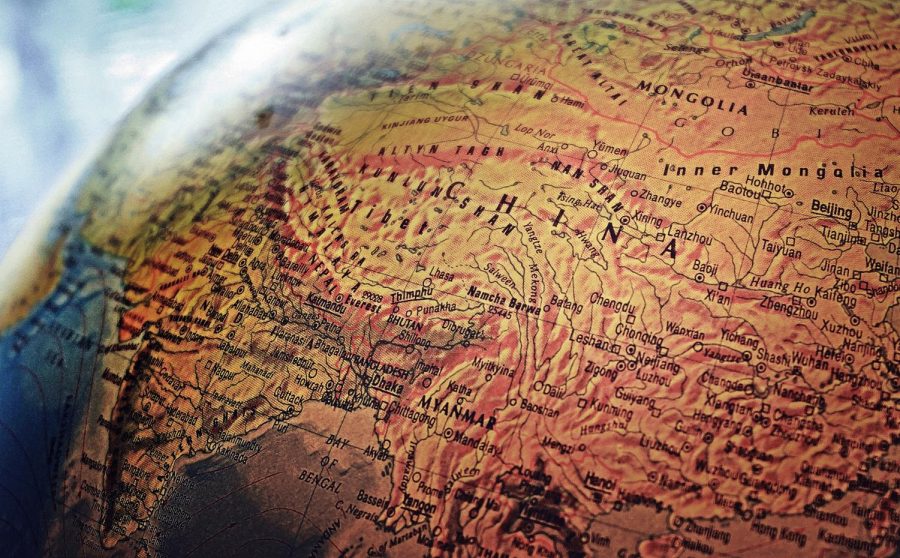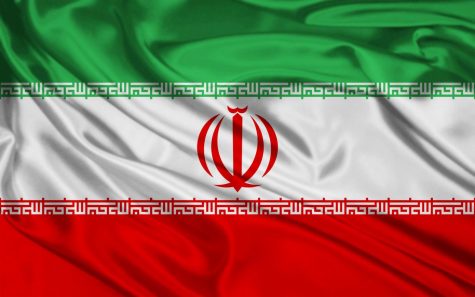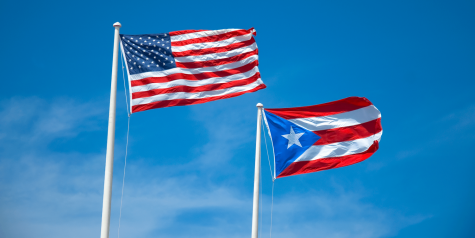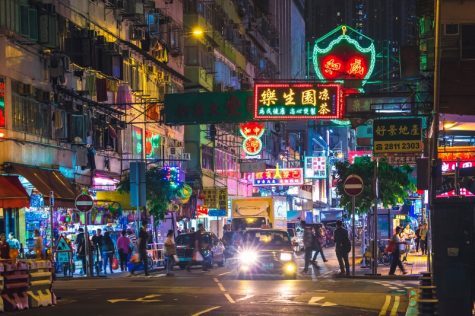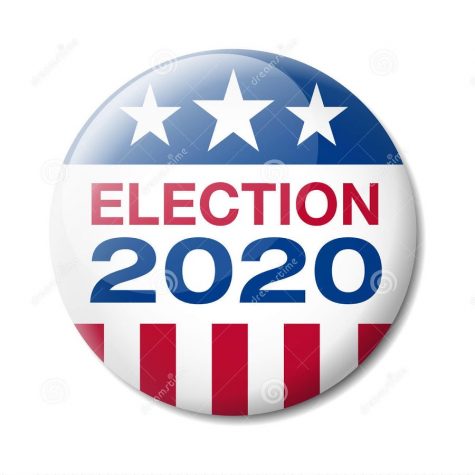Trump and the Chinese Trade War
MADE IN CHINA, a label seen on almost all consumer goods being sold and used in America, is the target of Trump’s tariff war with China. During the 2016 presidential election, President Trump ran on a campaign that promised the return of the labels titled, MADE IN THE USA. Trump wanted USA made products to return and bring back many lost American manufacturing jobs and industries. This agenda was important, and favored, by many workers in the Midwest region of America, as seen by the results of the 2016 election. With states like Ohio, Wisconsin, Michigan, Illinois, Indiana, and Pennsylvania becoming Trump country, the rust belt, normally Democratic states (except for Indiana and Ohio), voted for Trump, a Republican, in the 2016 election.
Ever since the creation of NAFTA under Bill Clinton, which promoted free trade between Mexico and Canada, thousands of American manufacturers moved their factories that were once located in the rust belt, to Mexico and China due to their lack of environmental regulations and cheap labor. As a result, millions of Americans lost jobs and fell into poverty. The rust belt switched parties in hopes of these industries would return and create jobs. Then, lower poverty rates in the rust belt that increased after NAFTA. Trump has focused his attention on Mexico and Canada, however, it is nothing compared to his focus on China.
The “tariff war” between Trump and China will result in dramatically higher taxes on Chinese goods. Will more expensive Chinese made products bring the re-emergence of American factories and an increase in jobs? Although it may seem perfect on paper, many economists believe his campaign promise and bring back millions of factory jobs will hurt the global economy, and possibly create an economic recession here at home.
As of 2017, China is the world’s largest exporter and manufacturer, with 2.2 trillion dollars of goods being sold and produced. With China’s cheap labor, and lack of environmental regulations towards factories, thousands of global companies relocated factories to China to increase profits; the cheaper the wages, the more profit CEOs could put in their pockets. The world’s biggest companies like Apple have their factories in China, for cheap labor and maximum profit. Apple has dominated the smartphone industry with the iPhone for the past 12 years. Their innovative technology developed what smartphones are today. The iPhone is seen everywhere in 2019: in movies, TV shows, on the streets, on the subways, and every corner you turn. An iPhone can range from a few hundred to a thousand dollars with its new iPhone the XS Max. Millions of Americans pay 1250 dollars for an iPhone XS Max, but Apple makes nearly a 200% profit margin of 800 dollars for each phone. Although China does not have an official set minimum wage, Chinese workers are paid minuscule compared to US workers; 2 to 3 dollars compared to an average of 7.25 dollars an hour in America. Using Apple’s profits as an example, cheap Chinese labor allows the CEO’s of huge companies to be greedy and profit-driven.
The tariffs on Chinese goods coming into the USA are now tariffed at 25%. For every 100 dollars of Chinese goods brought into the US, the distributor will have to pay a tax of 25 dollars. With this major increase in tariffs on Chinese goods created by President Trump, in an attempt to protect American manufacturers and bring back factory jobs that were lost, the effects of the increased tariffs can backfire on Americans. 41% of all apparel, 72% of all footwear, 37% of electronics, and the majority of school and office supplies, are produced and exported by China. The products that China supplies America are all going to face a 25% tariff by American distributors. The costs are going to be passed down to consumers. All Americans are going to face an increase in the prices of products, as an effect of this trade war.
Many small American companies that get their materials and products from China are going to lose business, because the prices they now must charge, consumers are not willing to pay. This chain reaction will lead to a decrease in Chinese exported goods bought by America and affect the global economy. Although big companies like Apple can afford this 25% tariff on their products imported from China, many smaller companies can’t afford the tariff. Many economists predict the major increase in the prices of consumer goods can lead to an economic recession and negative outcomes on both sides. American purchases will slow down and the impact will hit the overall economy.
The policies created by Trump which promised to strengthen America’s economy will negatively impact small companies and soon all Americans. Prices of goods will increase leaving many to no longer afford them. The dependence America has on the manufacturing and production China provides has gone too deep to be able to pull out of it with just higher tariffs. America during the age of monopolies in the 1800s was not as dependent on foreign goods as we are today. Protective tariffs helped monopolies and hurt Americans in the late 1800s. Protective tariffs may just end up hurting Americans again.

